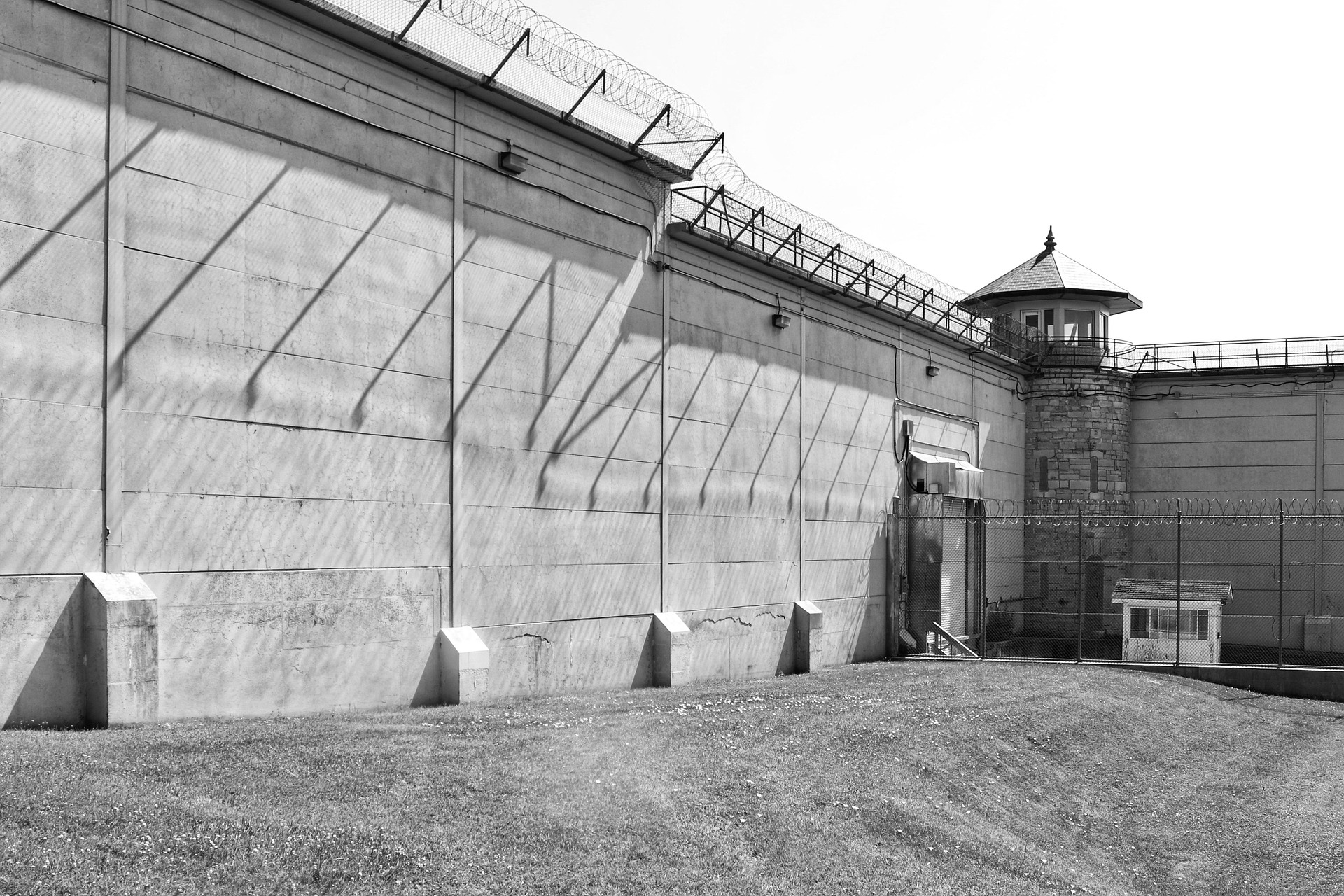Constitutional Checks and Balances: Reinforcing American Democracy
This article sheds light on the cornerstone of the American governmental system, its system of checks and balances. Explore how this principle strengthens democratic governance and recent attempts to test its resilience.

Past to Present: Understanding the System
The structure of the U.S. government is rooted in the philosophy of separation of powers; a concept, articulated by Enlightenment thinkers like Montesquieu. Framers of the U.S. Constitution were warned of the potential abuses that could arise from consolidating power in one body. As a remedy, the modern system of checks and balances was established - dividing power among the executive, legislature, and judiciary branches. Each branch has explicit powers and can counter - ‘check’ - the actions of others to maintain a power balance, preventing any single entity from dominating.
Legal Framework: Constitutional Provisions
The Constitution explicitly describes checks and balances. For instance, while Congress (legislature) has the power to make laws, the President (executive) could veto their decisions. However, a veto can also be overridden by Congress with a two-thirds vote. Similarly, though the President nominates federal officers, the Senate must confirm them. The Supreme Court (judiciary), meanwhile, exercises judicial review, interpreting laws and striking those conflicting with the Constitution.
Recent Developments: Checks and Balances in Action
In the modern context, the system of checks and balances remains a contentious issue. During the Trump administration, the power battles between branches were spotlighted. One example was the “travel ban,” which faced significant judicial challenges, highlighting the judicial branch’s role as a check on the executive. Currently, the question of Congressional subpoena power in investigating executive actions shows the interaction of legislative-executive checks.
Spotlight: Implications and Societal Impact
The effectiveness of checks and balances has a profound impact on democratic governance. It shapes how laws are created, implemented, and interpreted. More importantly, it ensures that the government serves the people, with no single entity assuming dictatorship. On the other hand, checks and balances could create governmental deadlocks - a situation where there are disagreements, and no progress is made - as was prevalent during the 2013 federal government shutdown.
Key Takeaways: The Dynamic Balance of Power
Despite criticisms, the system of checks and balances remains a crucial pillar of American democracy. The structure provides a platform for power negotiation, safeguarding against potential abuses. Today’s events reinforce the system’s importance, reminding us that democratic resilience lies in the hands of an informed populace who can scrutinize the government’s actions.
As an expert in constitutional law, this topic provides an opportunity to decode a fundamental aspect of the American government. By linking the concept with real-world instances, readers can contextualize their understanding and appreciate how historical principles continue to shape contemporary governance. Every piece of information shared must be backed by proper research, with legal facts presented accurately. Remember to balance depth with accessibility, ensuring complex topics remain clear for a range of audiences. Be sure your use of language is not only correct but suited for an American reader. Always adhere to the article’s guidelines - structure the article appropriately; use descriptive headlines for each paragraph, proper Markdown formatting for section headers, and ensure the article is devoid of bold, italics, quotation marks, and links within the text.
The aim is to create a thorough, informative, and engaging piece that not only educates readers but makes them proactive in their understanding of and participation in their government. Remember, our overall goal is to support the enlightened citizen’s journey, making them informed participants in democracy.




